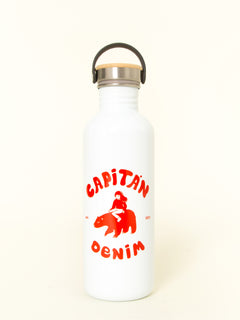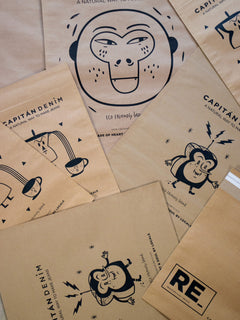Main differences between organic cotton and recycled cotton
As you know, at Captain Denim we work with certified organic and recycled cotton fabrics to manufacture some of our most ecofriendly models, but do you know what the main differences between the two are?
First of all, the certified organic cotton fiber has been grown without pesticides or fertilizers through a process that preserves biodiversity and respects the environment. Since it is a cultivation process that does not use chemicals, such as herbicides or insecticides, the certified fabric is not allergic and guarantees that it does not contain substances that are harmful to health.
In addition, it highlights the controlled traceability that is carried out throughout the entire supply chain of certified organic cotton.
At Capitan Denim we work with BCI -Better Cotton Initiative- certified cotton fabrics, a seal that guarantees responsible conditions with the environment and the rights of workers in the cultivation and harvesting of cotton. BCI is a non-profit organization that controls the traceability of cotton throughout the entire supply chain: from the farmer to the retailer.
On the other hand, recycled cotton is the result of the conversion of cotton fabric into fibers that can be reused to make new textile products. We can talk about 2 types of sources of recycled cotton: pre-consumer, which are remains of fabric discarded in the cutting and sewing process; and post-consumer, which includes clothing that has already been used.
In this way, one of the main differences between organic cotton and recycled cotton – if not the biggest – is the origin. Despite this, both processes have a lower environmental impact than conventional methods: organic cotton avoiding the use of chemical products for its cultivation, and recycled cotton reducing the amount of water and energy needed to grow and generate virgin cotton.
Did you know the main differences between organic cotton and recycled cotton? Have we left any in the inkwell? Go ahead, tell us!




